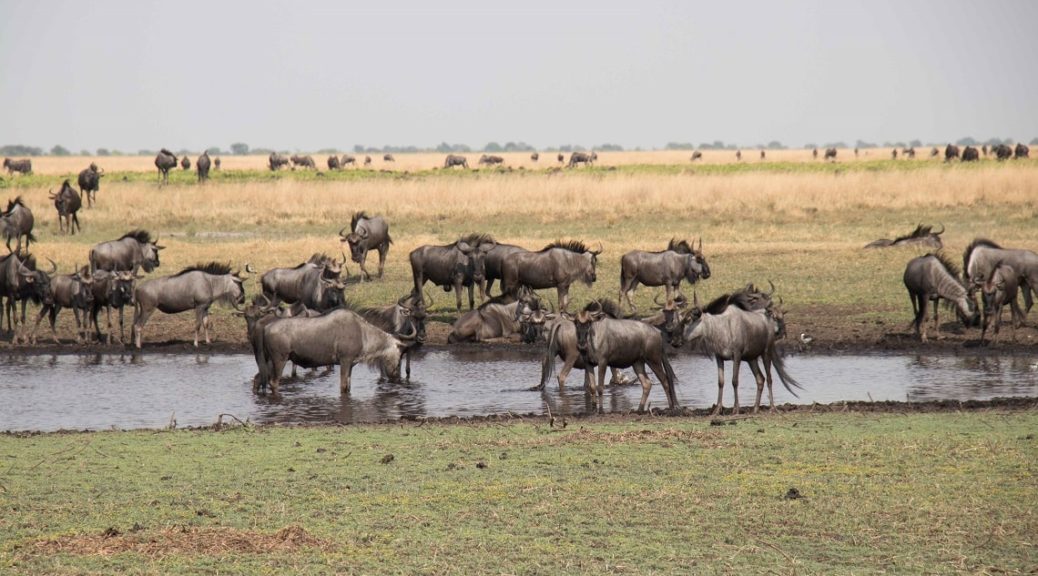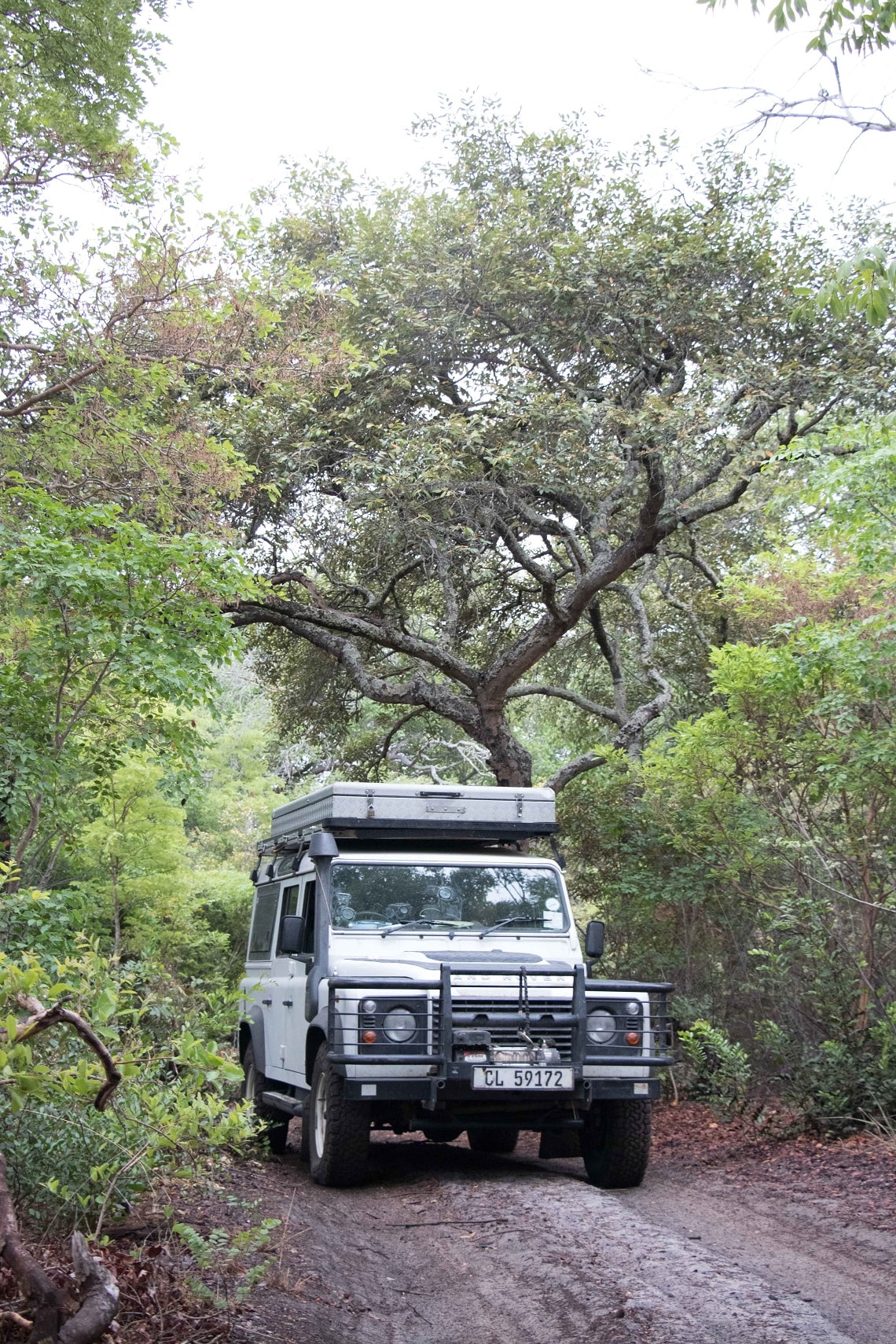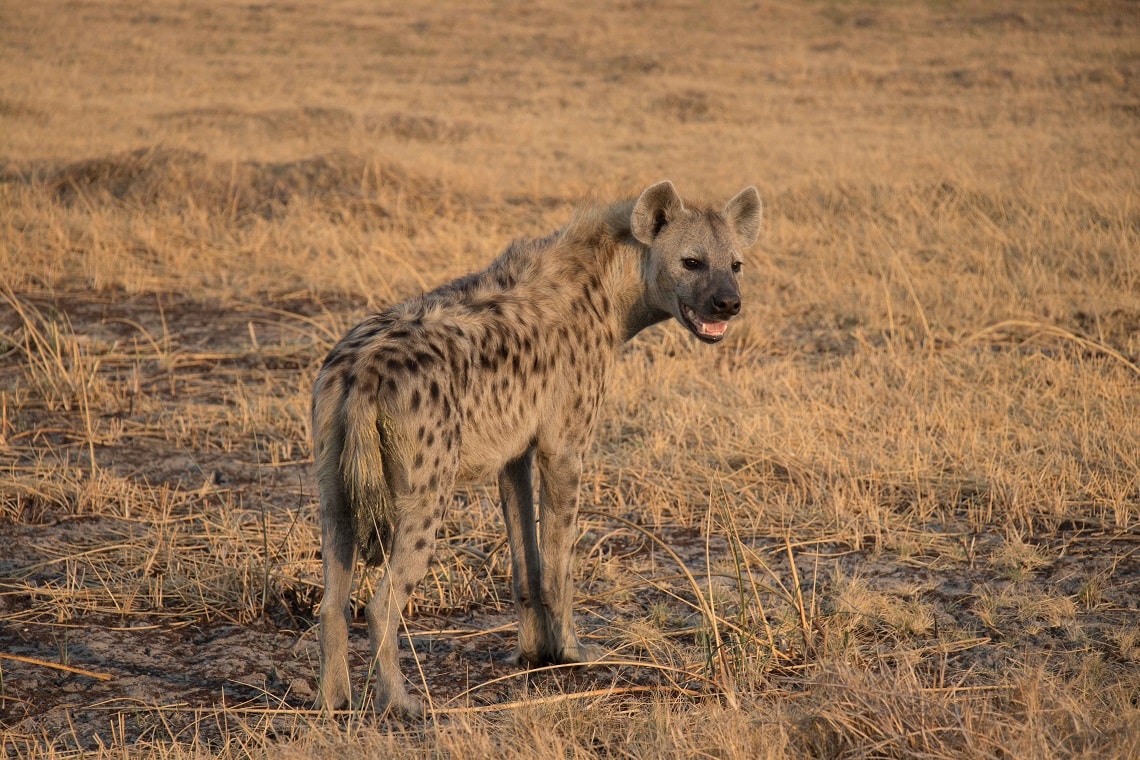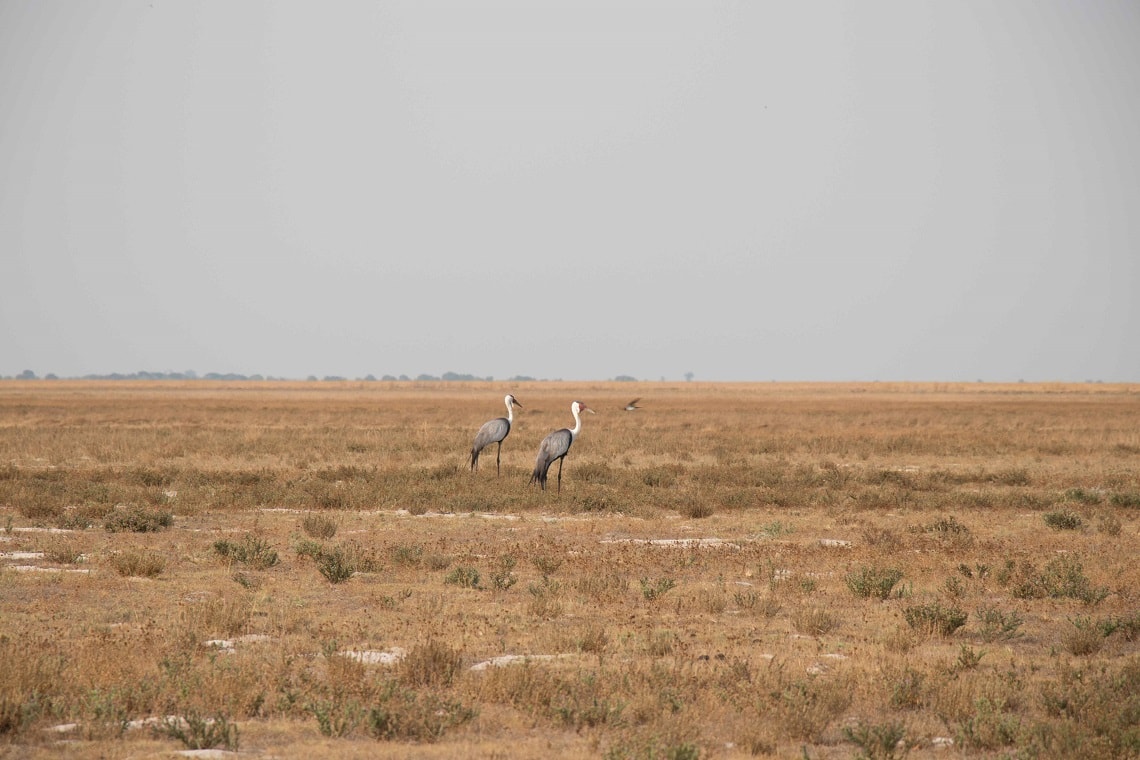Exciting developments at Zambia’s Liuwa Plain National Park make it a must-visit destination. Tracks4Africa’s up-to-date navigation solutions will keep you in the loop. By Johann Groenewald
Liuwa Plain National Park in numbers:
- 3,660 km² of pristine wilderness
- Founded in 1972
- 330 bird species recorded
- 50,000 blue wildebeest arrive from Angola every November, the second largest migration of these antelope in Africa
Also read: Rooftop tents vs. ground tents

Among the new developments at Liuwa Plain National Park are an exclusive lodge and research by the Zambian Carnivore Programme. These changes are paving the way for more visitors, and more visitors mean more vehicles. We paid the park a visit to ensure Tracks4Africa’s navigation solutions are up to date.
Shop: Get the latest Tracks4Africa GPS and Paper Maps
In Liuwa Plain, the establishment of management roads versus public roads is hampered by the durability of signage. We found virtually no signs on any roads except in two places near camps. Furthermore, between floods, fires and people, signage is destroyed and cannot be relied upon.
Tracks4Africa travellers, don’t despair. As travelling Africa informed is the name of our game, we’ve been liaising with park management to ensure your ease of travel. We will update the Tracks4Africa maps to reflect the roads that tourists can use, and if you find roads in the park that are not on our maps, then assume that you should not be driving on them. As self-drive travellers, we have to abide by these rules or expect to see the low-impact-high-value tourism models used elsewhere.
Our game scout seemed to think that off-road driving is allowed in Liuwa Plain. After checking with park management, we were informed that it is strictly forbidden. And although the park is currently not overrun by tourists, it’s safe to assume that its popularity is on the rise. That said, the negative impact of track pollution is inevitable.
On a budget?
Are you a budget traveller? At Liuwa Plain you can choose between camping or spend more than $1,000 per night to stay at King Lewanika Lodge. Albeit an exquisite location and one of Zambia’s most exclusive lodges, we camped.
Our first night was spend at Lyangu Community Campsite in the southeastern part of the park. Make sure to plan for the two-hour travel time after crossing the ferry at Kalabo. Campsites are all situated in woodland areas which offer shaded camps under big trees. Campsites are run by the community and all proceeds go directly to them. The camps we stayed at had flush toilets and cold showers, which we found more than adequate. For night two, we headed for the centre of the park and set up camp at Katoyana Camp. Here we saw hyena, lion and cheetah on our morning drive.
Also read: How to act around wild animals while on safari
Tip #1: Water at the campsites cannot be used for drinking – take enough of your own.
Tip #2: Katoyana is the nearest campsite to the lodge and to the Carnivore Programme situated at Matamanene Camp.
Kwale Community Campsite, our home for night three, is about 1.5 hours from Kalabo. We left early to arrive at the ferry by 07:00 sharp. As we were on our way back to Cape Town, we made haste towards the Namibian border at Sesheke. The new road and bridge over the Zambezi between Mongu and Sesheke allowed us to arrive at the border by lunch time, setting off to Rundu via the Caprivi. A long day, but excellent proof of just how accessible this remote part of Zambia has become.
Wildlife sightings
There’s no need to venture too far from campsites to experience wildlife in and around Lyangu and Katoyana Campsites. There are many pans or pools filled with water where you’ll be able to see most of the birdlife. Around Katoyana we also saw hyena dens, which are well worth visiting early in the morning.
Know before you go
Planning a self-drive safari to Liuwa Plain National Park? Be well prepared and self-sufficient:
- Make sure your vehicle can drive in very deep sand. Some experience is, of course, advisable. The standard recovery fee of $200 advertised in the information pamphlet is testimony to how often people get into trouble.
- There’s no reliable cellphone reception, but as you drive around, messages do trickle through.
- The nearest town with a number of fuel stops and shops is Mongu. The Shoprite in Barotse Mall is well stocked. As mentioned, the good tar road all the way from Mongu to Kalabo is probably the best road in Zambia at this stage. Oh, and crossing the Zambezi River over the new bridge is spectacular!
Also read: What you need to get through the border
Thank us later!
Our favourite point of interest? We were desperately searching for ice, but with Zambian Independence Day celebrations in full swing, all the shops in Mongu had run out. We typed “Ice” into the Tracks4Africa GPS Map, and voilà! Our GPS directed us to an open-air ice shop called Kalenz Shop. Strange how a refrigerator filled with blocks of ice can excite grown men!
Shop: Get the latest Tracks4Africa GPS and Paper Maps
Did you know that all Tracks4Africa Africa GPS Map owners get one free update to the latest version, and 50% off any subsequent updates purchased? Go exploring with the most up-to-date map at your fingertips. Visit our online shop for our latest guide books, paper maps and GPS navigation.





